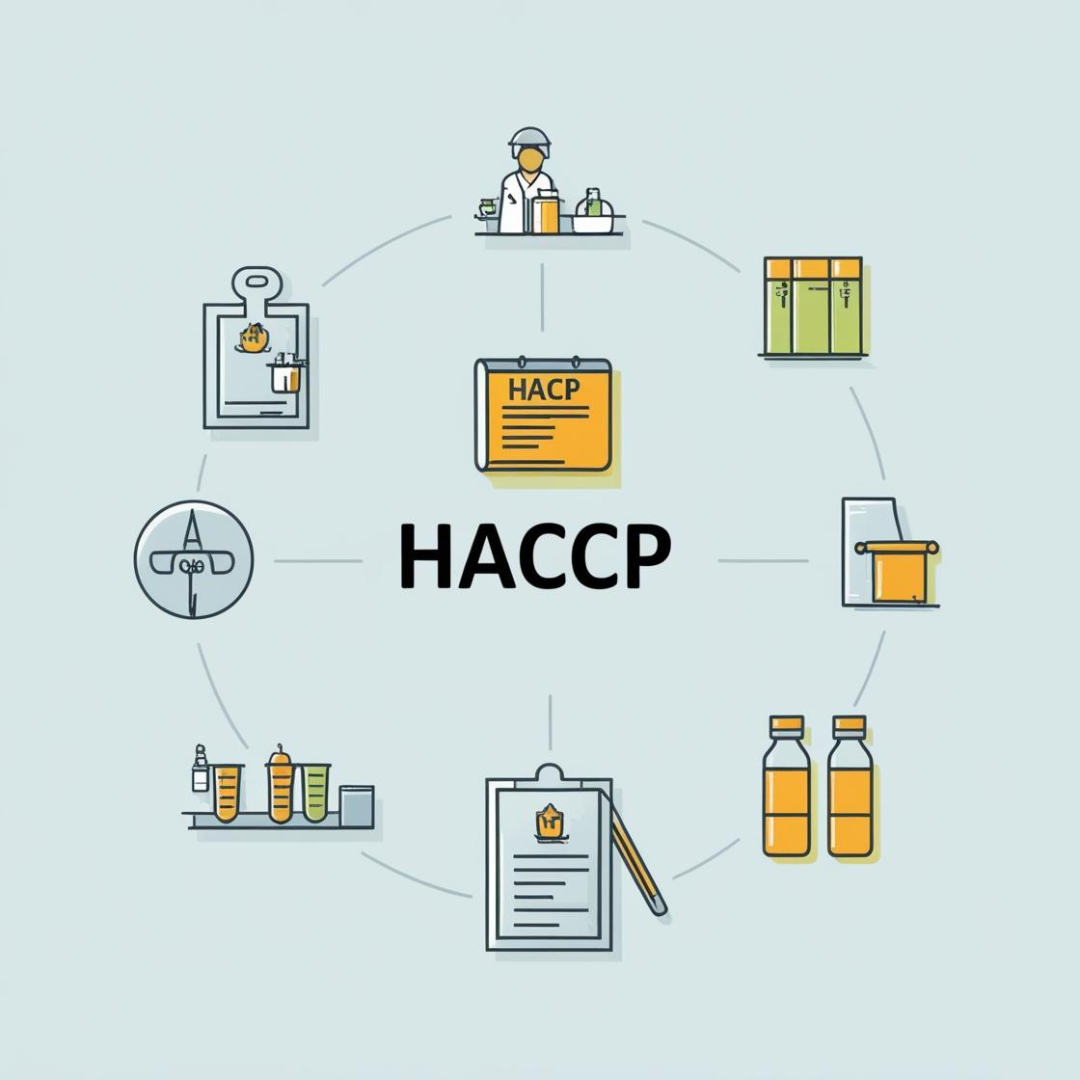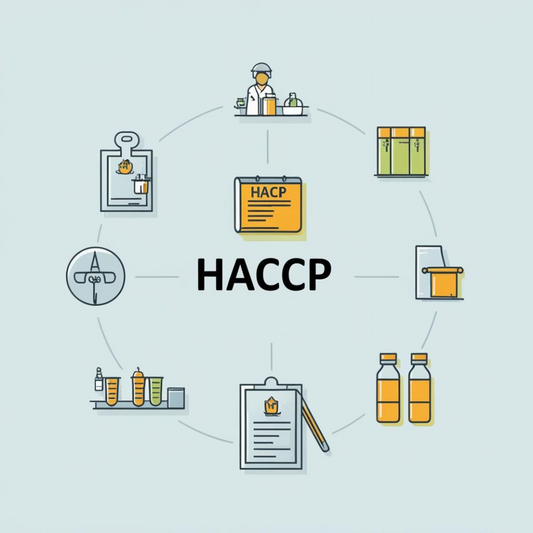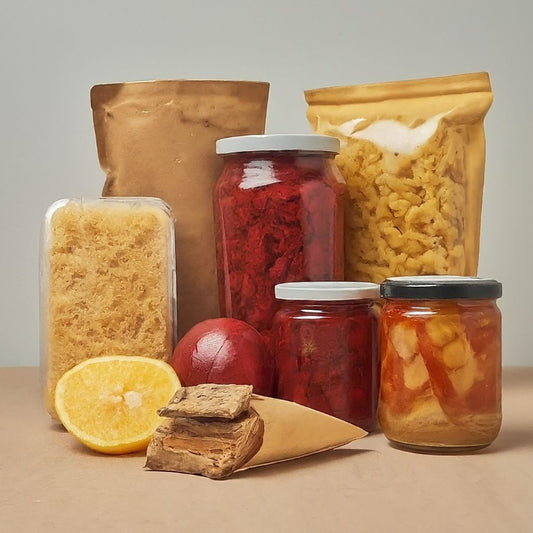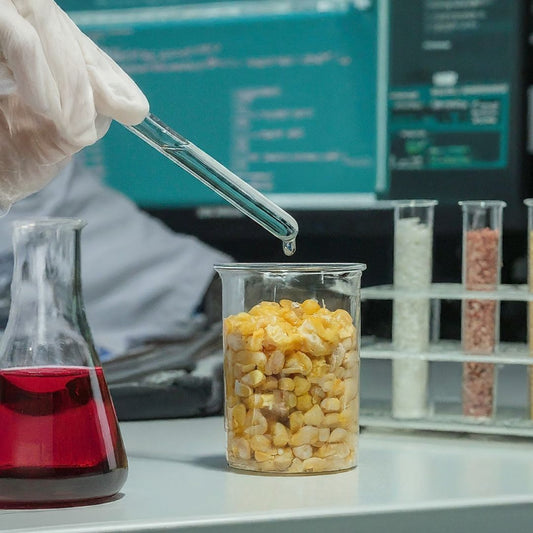Space Foods for Earth – Innovations That Could Revolutionize Our Food System
Share
What if the ultra-sustainable, shelf-stable food solutions developed for astronauts could also feed our cities, farms, and communities here on Earth? Here are five real-world breakthroughs bridging space and Earth:
1. Solein: Protein from Thin Air
Finnish startup Solar Foods, a winner of NASA's Deep Space Food Challenge, produces Solein—a protein-rich powder derived from single-cell microbes that grow using just CO₂, electricity, and trace minerals. A compact 40 L bioreactor can supply daily protein for four astronauts. Its low water footprint and energy efficiency hold game-changing potential for land-scarce regions on Earth.
2. Cultivated Meat in Microgravity
Israeli biotech Aleph Farms successfully bioprinted muscle tissue aboard the ISS and refined the process in its “Aleph Zero” space program. Growing meat from cells in space consumes far fewer resources—and what they learn paves the way for sustainable, climate-friendly meat production on Earth.
3. Veggie System: Farm-to-Table, Orbital Edition
NASA’s Veggie Plant Growth System has been growing lettuce, Chinese cabbage, Mizuna mustard, and more aboard the ISS since 2014. Beyond supplying fresh produce to astronauts, its low-energy hydroponic approach offers insights for urban vertical farming back on Earth.
4. Beyond Bread: Space-Baked Sourdough & Wine
The SpaceBakery project used Martian-modeled vertical farming to bake sourdough bread underground and revealed that moderate radiation exposure can enhance wheat’s nutritional quality—potentially boosting its value for Earth-based agriculture. Meanwhile, Space Cargo Unlimited sent Bordeaux wine to orbit; after 438 days, the wine aged notably faster—suggesting altered environments can accelerate flavor development.
5. Blue-Green Algae from Urine: Circular Protein Production
At Wageningen University, a student team called Cyanotreats developed a system that uses urine’s nitrogen to cultivate spirulina-like algae, turning an otherwise waste stream into usable, nutrient-dense protein powder. A perfect example of zero-waste circularity inspired by space life support systems.
Why It Matters for Earth
These innovations aren’t just sci-fi—they hold tangible promise for:
Zero-land footprint proteins from air or waste streams
Reduced resource usage and lower emissions
Urban and remote resilience via modular, scalable systems
Healthier, fortified foods with nutrient-rich potential
Minified supply chains through on-site, on-demand food production





